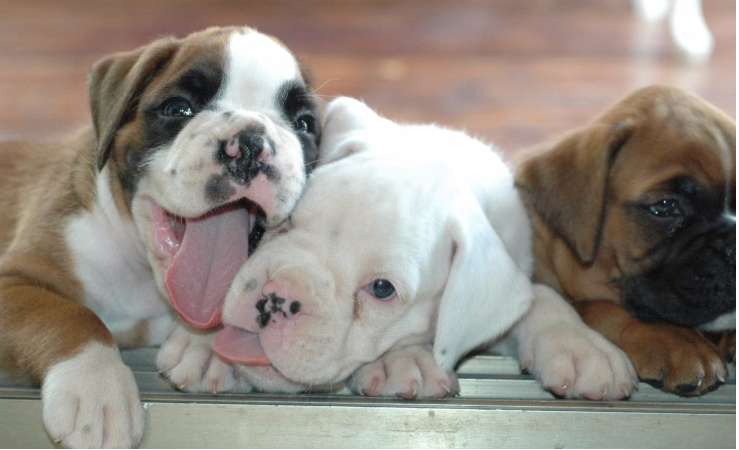How to prepare for a new puppy

Most people will spend months preparing their home for the arrival of a new baby and the same consideration should be taken when bringing a new puppy into the family. A new puppy needs lots of care and attention, so as well as buying the right equipment like crates, bowls and beds, it is also important to know how your dog will behave so you can adapt your home for them. If you are considering puppy adoption, find out the history and background of where it has come from and how it was treated before making your purchase. Rescue puppies and dogs might have had a traumatic background, which could be challenging when bringing it into your home. Different breeds of dogs also have different characters and behaviours, so it is important to find the right puppy for you. Will you be at home a lot to walk a dog who needs lots of exercise like a Border Collie or Boston Terrier? Do you have the financial needs to feed a dog the size of a Great Dane? All these factors need to be considered when preparing for a new puppy. Perhaps the biggest challenge of all is toilet training puppies, and therefore making sure your house is kept clean and doggy-doo free. Below is a checklist to help you find the furry friend your family actually wants:
1) What dog do you want?
Know which breed you’re after before purchasing– big or small, lazy or lively. There are lots of different breeds of dog, all with different temperaments, so make sure you have one that will fit into your lifestyle well.
2) Where is your dog from?
Make sure you have done your research on the dog you are purchasing and be careful of independent breeders. If the dog is not a recognised breed of the Kennel Club (check the website if you’re unsure), avoid!
3) Is your home dog-friendly?
All dogs need exercise and cannot be kept indoors all the time. They need regular exercise and toilet breaks, so make sure you have a garden or open area of space you can use if you live in a flat.
4) Will you be home?
Work (unfortunately) is a way of life, but if you don’t come home until late at night, or work irregular hours, it is not fair on your dog to be left at home alone for long periods. Make sure you have other people available to walk, feed and look after your dog if your work life will inevitably detain you.
5) Can you commit?
Dogs usually live for up to 15 years, so it may be worth considering what you will be doing in that time and if you would want your dog to still be part of your life. If the answer is no, or you’re unsure, it might be wise to reconsider buying a puppy until owning one doesn’t pose a problem for your life plans.
6) Have you puppy proofed the home?
Furniture and everyday fixtures can be a real danger to your puppy, so make sure cables and other harmful objects are kept out the way. Puppies like to chew, remember!
7) Should you get a dog gate?
If there are rooms where your dog is not welcome, a dog gate might be a good option. If you close a dog behind a door they cannot see through, chances are they will whine and scratch, and your paintwork will be damaged!
8) Where can the puppy do his business?
There will be accidents when training your little pooch, so make sure surfaces are covered and easy to clean. A room close to the garden or patio is ideal for him to live in as he can eat and then go outside to do his toilet training.
9) What’s in your garden?
As with the home, check for anything dangerous, as this will be the place your puppy does his business and plays in. Check for holes under fences so he can’t escape and loose bulbs so he can’t eat them, as some can be poisonous.
10) Have you reserved a sleep spot?
This area will be where the puppy can seek refuge when he is tired and also where he is sent when he has been bad (a bit like the naughty step for a human). There is no right or wrong type of bed to buy your puppy, as it is purely a personal choice, but fleece bedding is recommended in case of any accidents through the night.
11) Do you want a crate?
Again, this is personal preference, but a crate works well when training a puppy in the early stages. It is used for feeding and sleeping. Make sure it fits the adult size of the breed and not the puppy, so it is big enough to allow the full-grown dog to lie down, stand up and stretch its legs.
12) How do you toilet train?
Just like babies, puppies need to go to the toilet right after they have eaten. Get into the habit of taking him outside as soon as he has finished his food. Do not play with him and keep repeating the word you’ll use for toilet. Once outside, let him wander after he has finished and praise him straightaway.
13) Where should you put the poo?
Flushing it down the toilet or outside drain is fine if you have a small dog and some councils do take dog waste away, although you will need to check this. You can also dig a hole in your garden, use a bio-activator, septic tank starter, or recycle your dog waste in a ready-made wormery.


